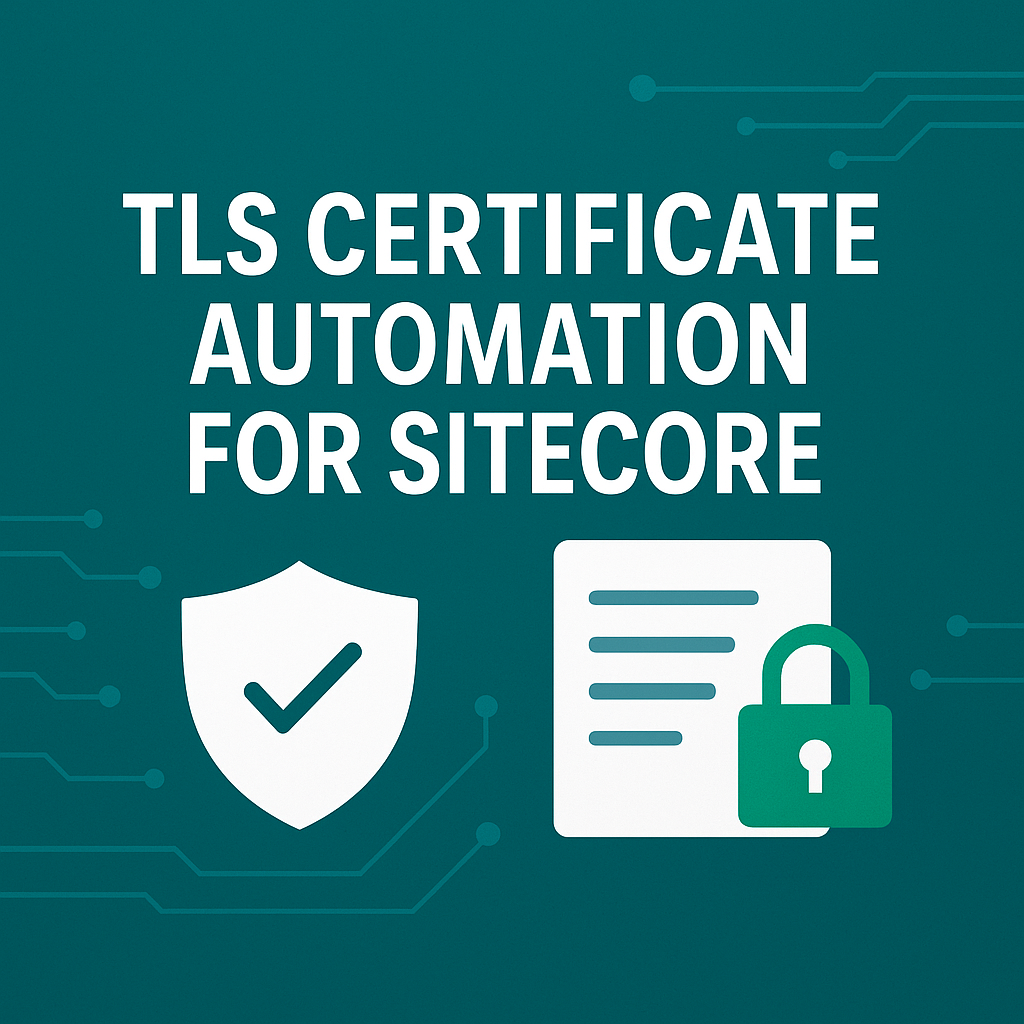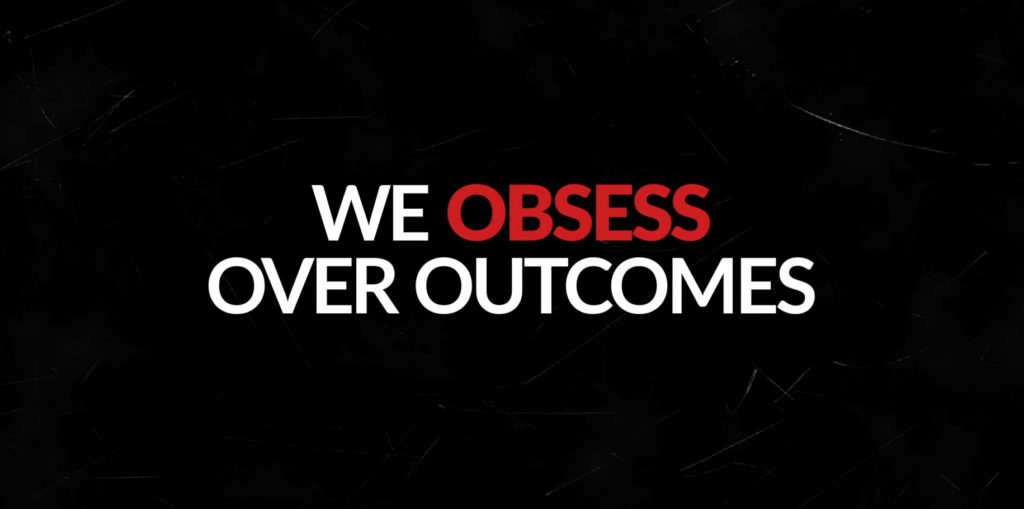What is WCAG?
Web Content Accessibility Guidelines (WCAG) are a set of guidelines developed by the World Wide Web Consortium (W3C) to ensure that websites and web content are accessible to all users, regardless of their abilities or disabilities. WCAG provides a comprehensive framework for designing and developing websites that can be accessed and used by people with visual, auditory, physical, and cognitive disabilities. The guidelines cover a range of topics, including the use of alternative text for images and videos, the provision of captions and transcripts for audio content, and the use of clear and simple language in website content. By following these guidelines, website designers and developers can create websites that are more inclusive and accessible, allowing users with disabilities to access and engage with online content just as easily as their non-disabled counterparts.
WCAG Guidelines
The WCAG guidelines provide specific recommendations for designing and developing web content that is perceivable, operable, understandable, and robust, ensuring that all users can access and use web content regardless of their abilities or disabilities. The guidelines are organized into three levels of conformance: Level A, Level AA, and Level AAA, with each level representing a higher degree of accessibility.
WCAG Principles
To ensure that your organization meets the WCAG standard, it must follow the four POUR design principles:
• Perceivable: user must be able to perceive your product and all the information contained in it.
• Operable: User interface components and navigation must be operable.
• Understandable: Information and the operation of user interface must be understandable.
• Robust: Users must be able to access the content as technologies advance
WCAG levels A, AA, and AAA
The WCAG guidelines are organized into three levels of conformance, with each level representing a higher degree of accessibility.
Level A includes the most basic accessibility requirements, and compliance with these guidelines is the minimum level of conformance that websites and digital content should strive for.
Level AA includes additional requirements for more advanced accessibility features, such as improved keyboard accessibility and more detailed audio and video descriptions. Compliance with Level AA guidelines is considered to be the industry standard for accessibility, and many organizations aim to achieve this level of conformance.
Level AAA includes the highest level of accessibility requirements, with additional recommendations for improving the accessibility of web content beyond what is required by Levels A and AA.
The latest version of the WCAG guidelines is 2.2, which builds upon the previous versions of the guidelines and provides even more specific recommendations for making web content accessible to people with disabilities. The WCAG 2.2 guidelines cover a wide range of accessibility issues, including visual, auditory, physical, speech, cognitive, language, learning, and neurological disabilities.
The WCAG guidelines are an essential tool for web designers, developers, and content creators who want to create more inclusive and accessible web experiences for all users.
By following the WCAG guidelines, web designers and developers can create more inclusive and accessible web content that is usable not only for people with disabilities but also for older individuals with changing abilities due to aging and for users in general. The guidelines promote best practices for web design and development that can benefit all users by improving the usability, functionality, and overall quality of web content. In this way, the WCAG guidelines play an important role in making the internet a more accessible and usable place for everyone.
If you want to make sure your web content follows the WCAG accessibility requirement , but you aren’t sure where to start, contact us. Our team of trained accessibility consultants can help you to navigate relevant guidelines and create a website that’s accessible now and for years to come.





Leave A Comment